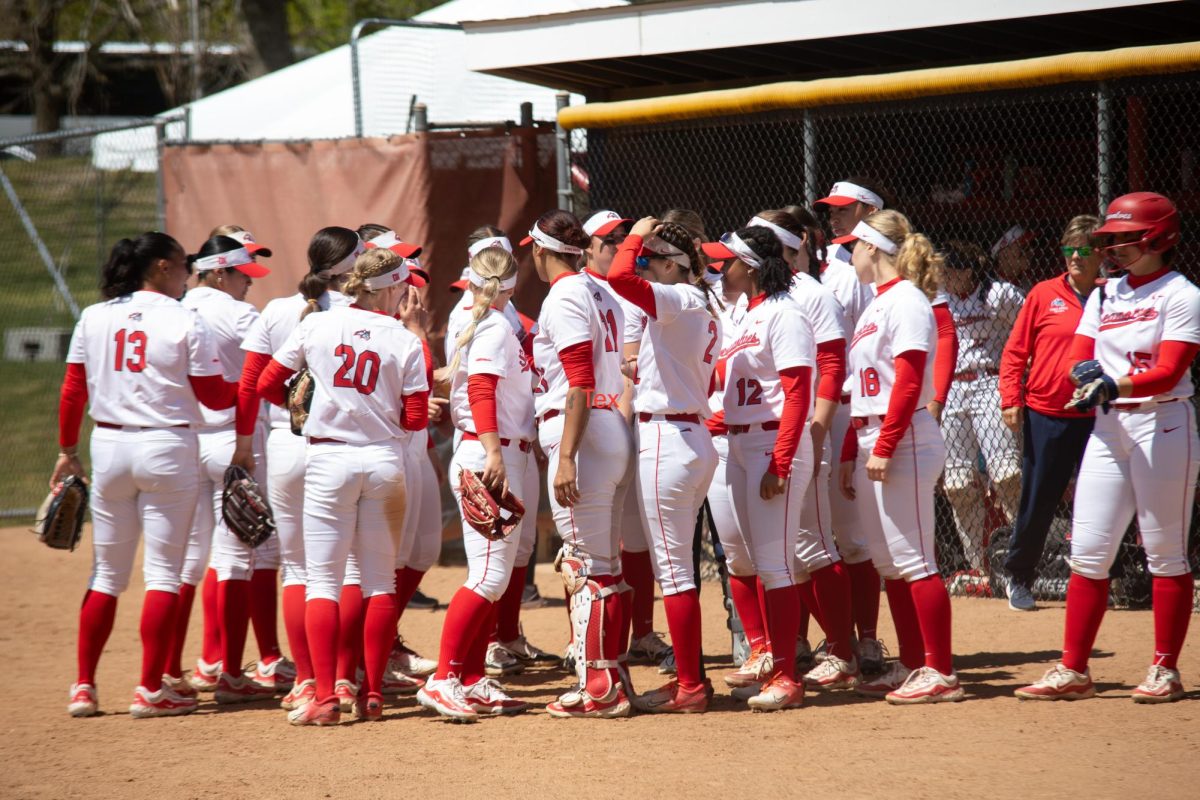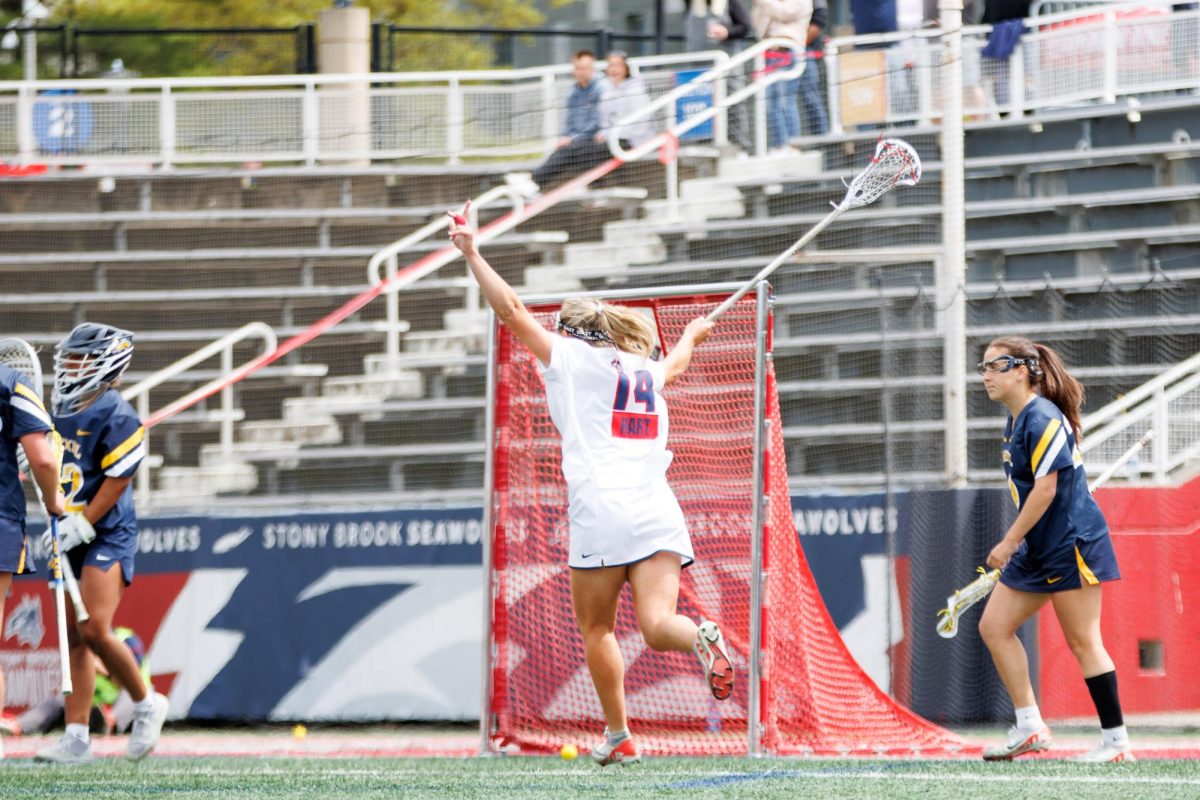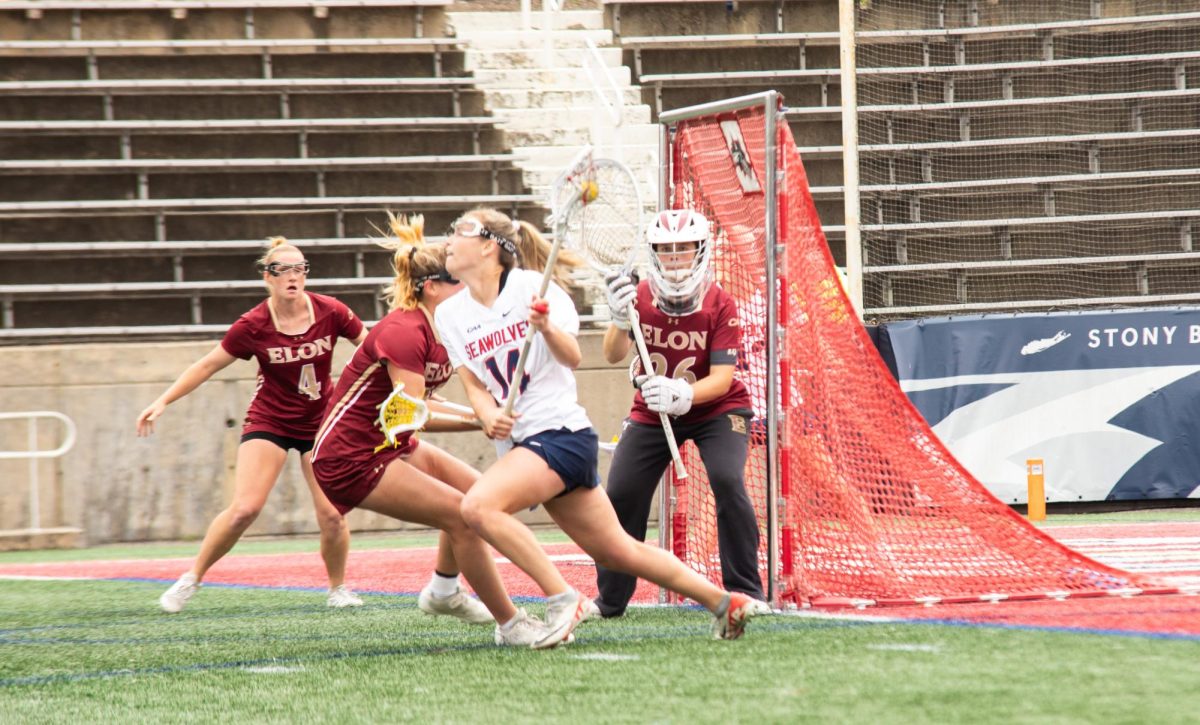
On any given Monday, Wednesday or Friday, Alan Turner could be found wrist-deep in a cadaver’s cranium, gathering data from a dinosaur bone three hours later before he tests out new recipes with his wife later that evening.
Turner, 33, is a husband, father, political junkie, amateur chef, “Star Wars” enthusiast and avid “Game of Thrones” reader. According to his friends and family, he is kind, intelligent and knowledgeable yet curious, passionate and physically short.
Dressed in a Ghost Ranch baseball cap and a red and blue plaid shirt, Alan Turner joins the ranks of Ted Turner (with whom he bears no relation), Richard Branson, Martin Eberhard and Leonardo DaVinci. He is a modern-day Renaissance man.
He is also an assistant professor of anatomical sciences at Stony Brook University School of Medicine and a research associate at the American Museum of Natural History. At Stony Brook, he teaches a human gross anatomy lab in which first year doctoral students dissect cadavers to have a truly hands-on experience in learning the parts of the human body.
During this class, he walks around to different groups of students and assists them with their dissections as he answers any questions they might have.
“I’m going to cut through the optic nerve,” he says as he reaches inside a cadaver head to remove the brain from the skull.
As a student asks a question about different types of arteries, he looks up at them, comfortably keeping his hands grasped on the bottom of the brain, which is still inside the cadaver’s head. He does not answer sharply. He continues to explain the concept, bringing over a chalk board to explain himself when he feels that he needs to be more thorough.
For Turner, students who are genuinely curious are the most rewarding to teach. “When you have a student, or students, who are obviously really interested in what’s going on, that’s really, really rewarding,” Turner said.
The one student Turner has yet to teach a human gross anatomy lab to is Alice, his 7-month-old daughter. When sitting down with Turner in his office at the medical school, one can easily spot a picture of her behind his desk. Melissa, Turner’s wife, says that Alice will probably never be around the cadavers. But Turner wants to give Alice the option when she is older.

Turner advises three doctoral students in their paleontological research and a local high school student in her research for the Intel Science Talent Competition.
Turner tends to stay up until all hours of the night learning as much as he can. His inner circle calls it work ethic. This past summer, Turner was at the Ghost Ranch in New Mexico with his wife and daughter. He would work throughout the day and into the night and would join his family during meal times.
When asked about Turner’s drive, Paul Gignac, his colleague at Stony Brook, laughed and called it “ridiculous.”
“He is both ravenous about much research he does and he’s producing it at really high quality,” Gignac said. He also called Turner an authoritative figure in the dinosaur paleontology field.
Turner attributes his work ethic to his curiosity about dinosaurs. He is also a research associate at the American Museum of Natural History, which contains one of the largest dinosaur artifact collections on the North American continent.
Turner has traveled to Mongolia, Madagascar and places all over the United States on fossil excavations and paleontology research.
When he was younger, Turner watched a number of the “Land Before Time” movie in which a group of young dinosaurs befriend each other and go on adventures. He was a teenager when “Jurassic Park” came into movie theaters.
His favorite dinosaur is the crow. According to Adam Pritchard, one of his doctoral students, birds were a small part of the theropod dinosaur family. They were one of the only species to survive dinosaur extinction and one can find commonalities between the theropods and the crows by examining their bone structures.
“Getting paid to be a big kid is part of the allure of being a paleontologist,” Gignac said.
Few people could think of a flaw for Turner.
“He will respond to their emails eventually,” his wife said. Her husband also admitted to this.
“He is missing his spleen,” Carrie Leonard, a friend since college, said.
John Callery, another friend of Turner’s since college, mocked his friend’s facial hair and short stature. Then, he praised his friend for being so reliable. “If you’re going to get to know Alan, you’re going to get to know one of the greatest people you are going to get to know,” Callery said.























